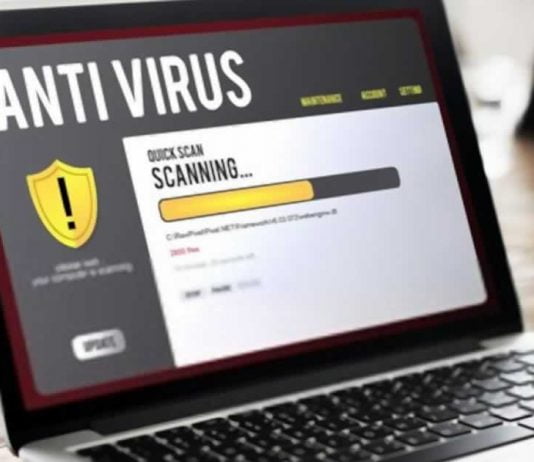We all know the recommendation to keep an antivirus installed on our computer, even the most inexperienced users know it.
The Windows 10 systems today come with a powerful built-in antivirus — Windows Security and the vast majority of users still not satisfied with this built-in feature. So users opt to install third-party antivirus when they buy new computers.
But many will have a trial license that will last only a few days. After the trial period, the antivirus itself informs us of its lack of security and invites us to buy a license for a year or more.
Many of us, at that time, look for some free alternative. The truth is that there are much more false antivirus than real ones circulating on the internet, and what we will happen if we install them, is to infect the computer with some type of malware.
The fake antivirus programs use a similar strategy to the phishing but applied to programs and apps. The phishing is a false website that simulates your bank’s website or a social network, so you enter your account data and steal what contains: login credentials, bank account, and credit card details.
The fake antivirus is programs that have the appearance and the name of an antivirus. They even pretend to check and clean your system. But it’s actually malware infecting your system — right before your very eyes.
Most commonly, this type of fake antivirus malware is advertised through pop-up windows or banners that appear on certain websites while you browse, announcing that you are infected with Trojans or spyware. Then they offer you a free antivirus to remove it.
These malicious antivirus programs often closely mimic legitimate applications, using a style packaging and a similar (or even identical) to convey legitimacy. As such, it can be difficult for technical and non-technical users to differentiate between legitimate and rogue applications.
At first glance, they are not easy to detect, so here are some tips to learn how to uncover these types of fake antivirus:
Contents
Investigate its origin
Before downloading or installing anything, do an Internet search to find out about the name of the antivirus, its creators, and its website. Check out reviews of that particular antivirus in some trusted websites. For example, this review of ZoneAlarm covers almost all the necessary information you need to know about that antivirus.
This way, you will know if it is to be trusted. The more we know, the safer we will be. So don’t forget to gather information before making a decision.
Only download from official website
Most of the top antivirus has a free version with limited features to protect your system. So download this free antivirus directly from their official website, and update them regularly.
Suspicious activities
If the antivirus asks for your credit card, email, or any other personal information to update it, it is a sign that it is not what it seems.
Configure the Security of your Operating System
Many of these fake antiviruses stay installed and pretend to carry out periodic checks or protect you in the background, but in reality, they are using your computer as a botnet to commit crimes.
So take a look at what are the security configuration options of your Operating System. Activate the firewall and adjust the settings so that the free antivirus that you download from the official source makes constant automatic updates.
Thus, we will improve past errors and improve functions. In addition, we will have the system updated with its latest versions while we are protected.
With these simple tips, you can avoid fake antivirus that is becoming more frequent and sophisticated.


